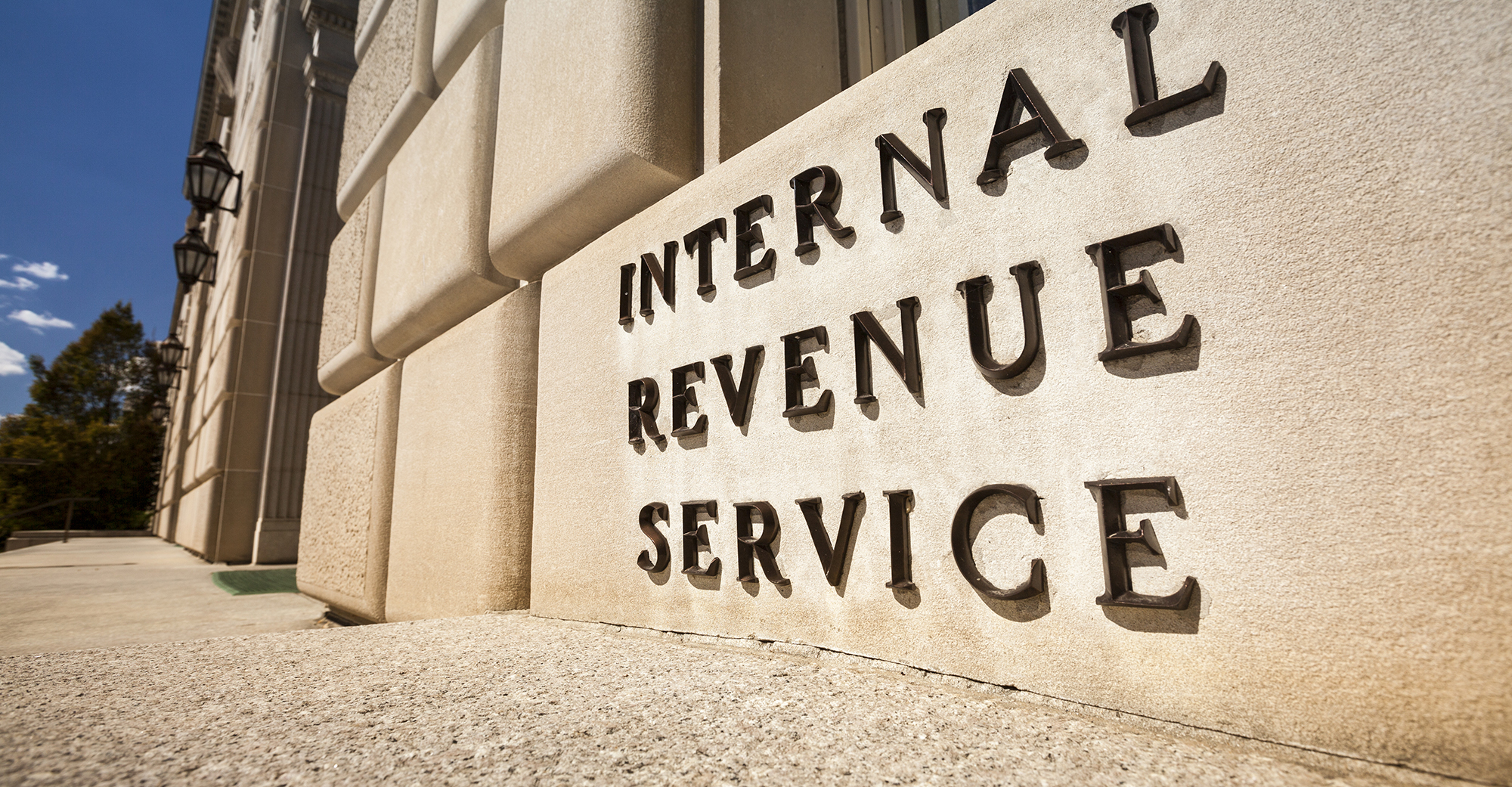Inside Income Code Part 72(t)(1) imposes a ten% extra tax on most distributions from retirement plans and particular person retirement accounts earlier than age 59 1/2. Nonetheless, there are numerous exceptions to this extra tax. The SECURE 2.0 Act added two exceptions efficient starting Jan.1, 2024: emergency private expense distributions and home abuse sufferer distributions.
These exceptions ought to make workers extra comfy contributing to retirement plans and IRAs as a result of they’ll have elevated entry to their advantages if vital.
The IRS just lately issued Discover 2024-55 to offer steerage concerning these provisions.
Emergency Private Expense Distributions
Part 115 of SECURE 2.0 added a brand new IRC Part 72(t)(2)(I), which offers an exception to the ten% extra tax for emergency private expense distributions. An emergency private expense distribution is a distribution to fulfill unforeseeable or instant monetary wants referring to vital private or household emergency bills. This provision is simply obtainable (1) for one distribution per calendar yr and (2) in any calendar yr as much as the lesser of $1,000 or the quantity by which the vested profit exceeds $1,000.
Whether or not a distribution qualifies as an emergency private expense distribution relies on the info and circumstances. Elements to think about embrace whether or not the person has bills referring to medical care, accident or lack of property on account of casualty, imminent foreclosures or eviction from a major residence, the necessity to pay for burial or funeral bills, auto repairs or some other vital emergency or private bills.
A plan administrator could depend on an worker’s certification as to the aim of the distribution.
If an employer plan doesn’t allow emergency private expense distributions, the worker could deal with an in any other case permissible distribution as an emergency private expense distribution.
The identical guidelines for compensation of certified start or adoption distributions apply to the compensation of an emergency private distribution. An worker or IRA proprietor could repay the distribution inside three years. The worker can’t take extra emergency private expense distributions through the subsequent three calendar years until the emergency private distribution has been repaid or the worker has subsequently made contributions no less than equal to the portion of the emergency private distribution not repaid.
An emergency private expense distribution isn’t an eligible rollover distribution. Thus, it’s not topic to the 20% withholding relevant to an eligible rollover distribution.
Home Abuse Sufferer Distributions
Part 314 of SECURE 2.0 added a brand new IRC Part 72(t)(2)(Okay), which offers an exception to the ten% extra tax for home abuse sufferer distributions.
A home abuse sufferer distribution is a distribution to a home abuse sufferer made inside the 1-year interval starting on any date when the person is a sufferer of home abuse by a partner or home associate.
For this goal, home abuse is bodily, psychological, sexual, emotional or financial abuse, together with efforts to regulate, isolate, humiliate or intimidate the sufferer or to undermine the sufferer’s potential to cause independently, together with by way of abuse of the sufferer’s little one or one other member of the family dwelling within the family.
This provision is simply obtainable for distributions as much as the lesser of $10,000 (listed) or 50% of the vested profit.
An worker or IRA proprietor could repay the distribution inside three years.
A plan administrator could depend on an worker’s certification as to the aim of the distribution.
If an employer plan doesn’t allow home abuse sufferer distributions, the worker could deal with an in any other case permissible distribution as a home abuse sufferer distribution.
A home abuse sufferer distribution isn’t an eligible rollover distribution. Thus, it’s not topic to the 20% withholding relevant to an eligible rollover distribution.
